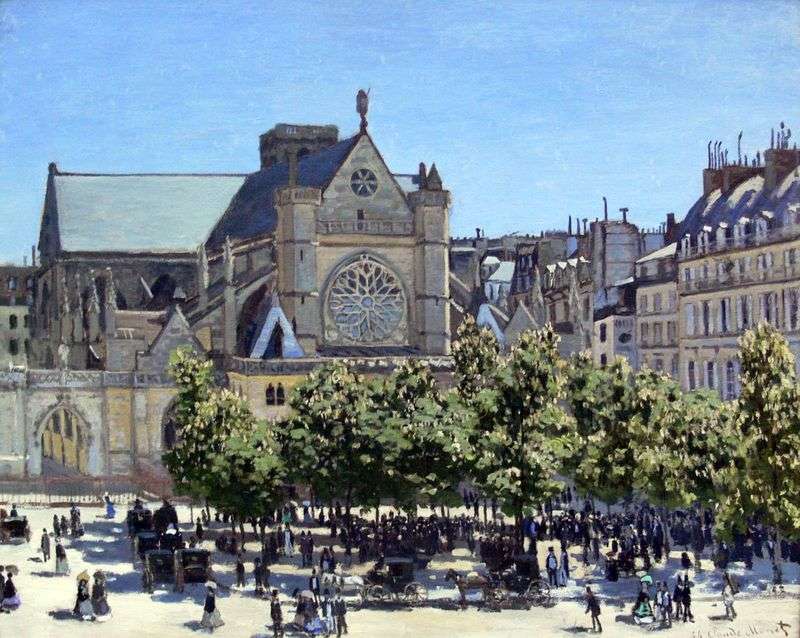
The landscape work by Claude Monet “Saint-Germain L’Oxerroy” was written in 1866. This is one of the early works of the artist, perhaps, therefore, in it is still the method of impressionism is not fully declared. The picture was written in the period of the creative formation of the artist, in the period of development of the author’s artistic method.
To a large extent, the picture was created using the classical methods of realistic painting. Certain strokes of impressionistic orientation are present here, but they are not of a pronounced, total character. The work is distinguished by rigor, graphic design, the use of pastel shades, the overall restraint of color. Meanwhile, the picture is distinguished by bright contrasting light and shade solutions, the clarity of lines in the construction of a central architectural image.
“Saint-Germain L’Axerroy” – a light, clear urban landscape. A clear, practically lightened sky serves as a necessary backdrop, emphasizing the majesty and inaccessibility of the church of Saint-Germain L’Oxperroy. Claude Monet diligently wrote out and detailed the image of the church, including all the architectural and stylistic details.
The artist dilutes the excessive clarity and rigor of the construction with the image of a busy street in the foreground of the canvas. The street is lined with verdant trees with foliage sparkling in the sun. French street is filled with rushing on their business townspeople. Their black dynamic silhouettes form the soul of the city, filling it with life, activity and, at times, excessive vanity.
One can note a certain plan of a contrasting decision or opposition, which consists in the fact that the serene transparent sky is artistically opposed to a city full of life, the bustle of everyday affairs. People, crews – everything seems to be connected and merged into a single stream of energy. Downstairs, life is seething with worries, the hassle of a new day of such a quiet and serene at first glance, if you turn your attention upwards and raise your eyes to a peaceful calm sky.
The picture of the great impressionist painter Claude Monet is kept in the State Museum in Berlin and carries the romantic motive of city life, the romance of the city in conjunction with the eternal motives of life, the elements of which are the images of the sky, the church building, and architectural verticals aspiring up the lines. The sky is reflected by reflections, light areas on the roofs and walls of buildings and city buildings, it is refracted and sounds warm grains of sun on the foliage of trees.
“Saint-Germain L’Oxerroy” is a canvas filled with light and air, where each image sounds together with the general tone of life, together with the general melody of life and the assertion of the pricelessness and uniqueness of each moment of the present.
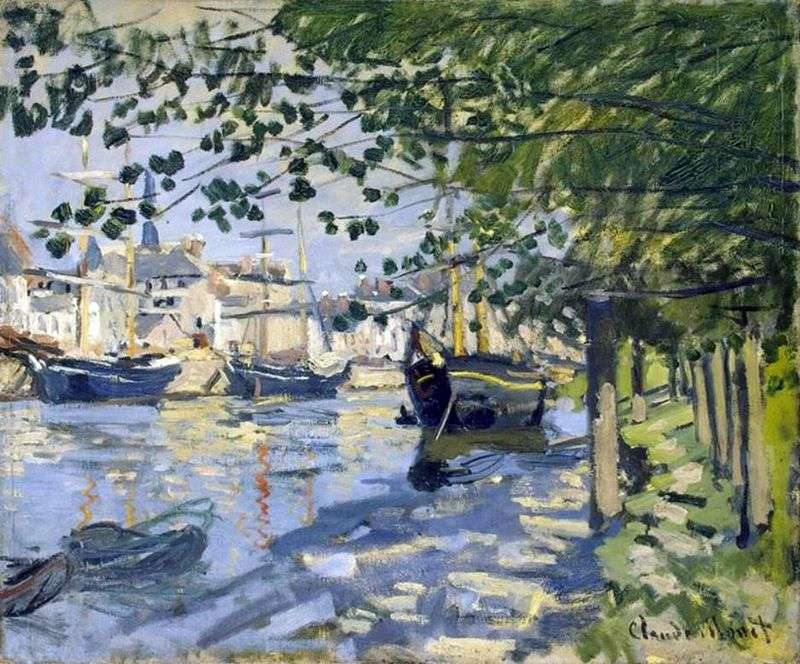 Seine at Rouen by Claude Monet
Seine at Rouen by Claude Monet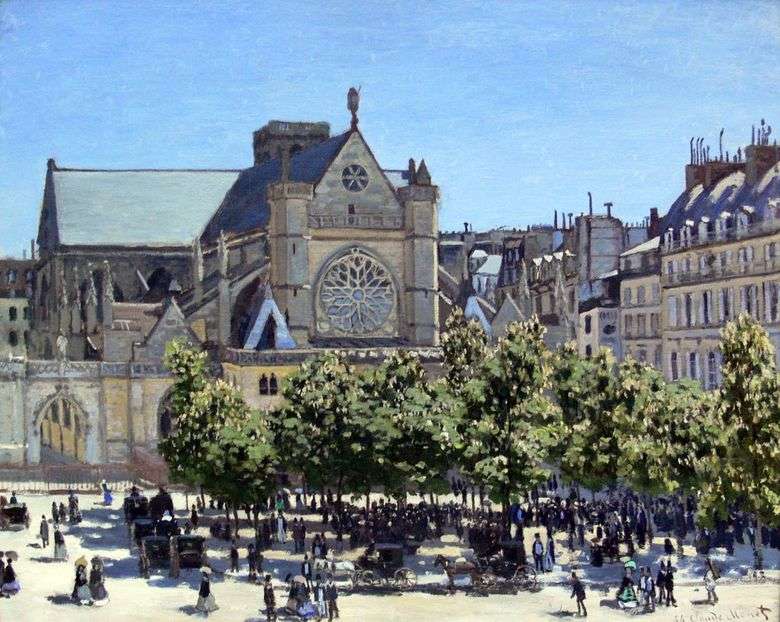 Saint-Germain L’Auxerroy – Claude Monet
Saint-Germain L’Auxerroy – Claude Monet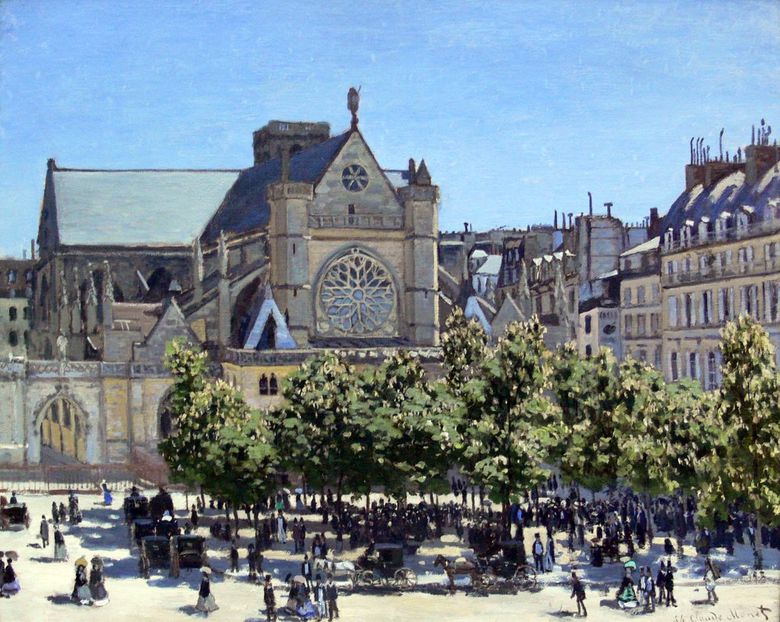 Saint-Germain L’Oxerrois – Claude Monet
Saint-Germain L’Oxerrois – Claude Monet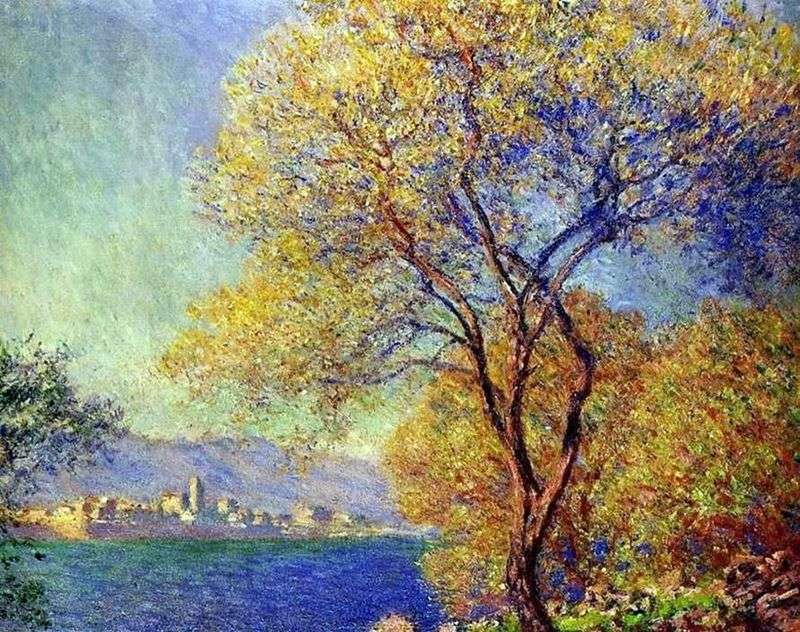 Antibes in the morning by Claude Monet
Antibes in the morning by Claude Monet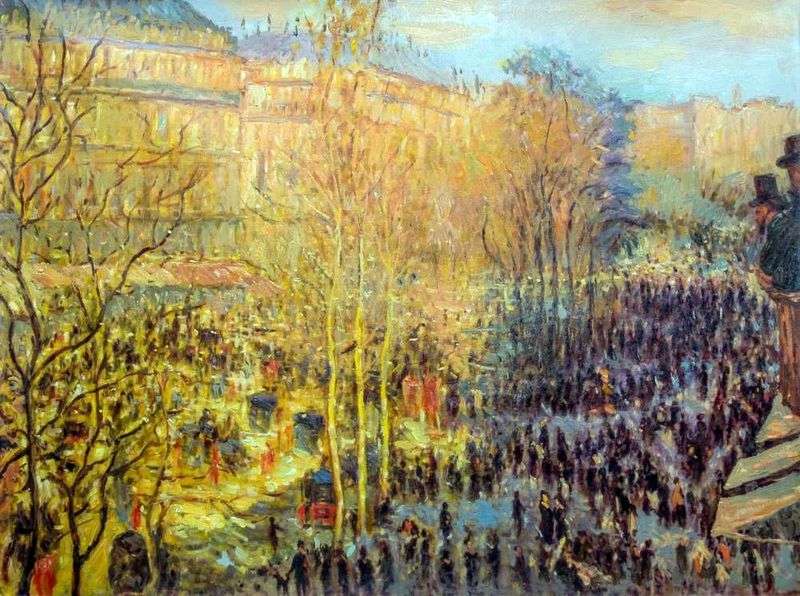 Boulevard des Capucines in Paris by Claude Monet
Boulevard des Capucines in Paris by Claude Monet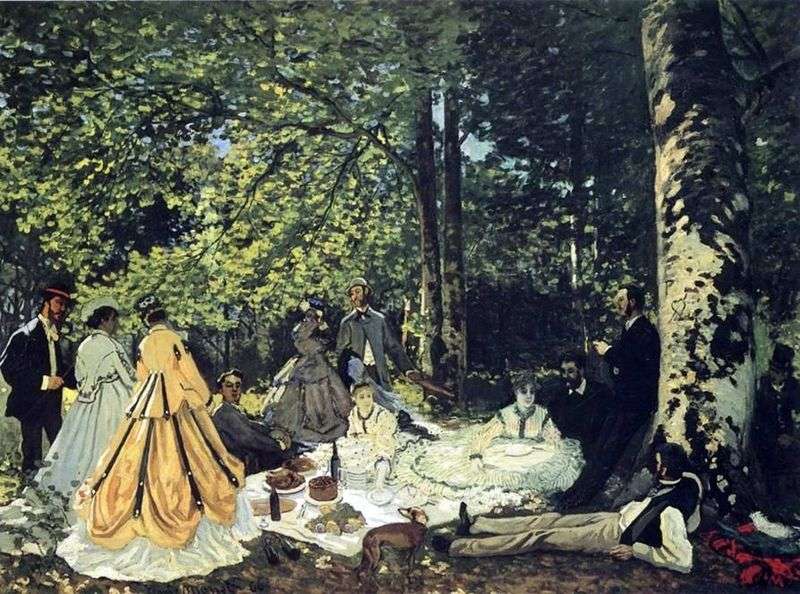 Breakfast on the Grass by Claude Monet
Breakfast on the Grass by Claude Monet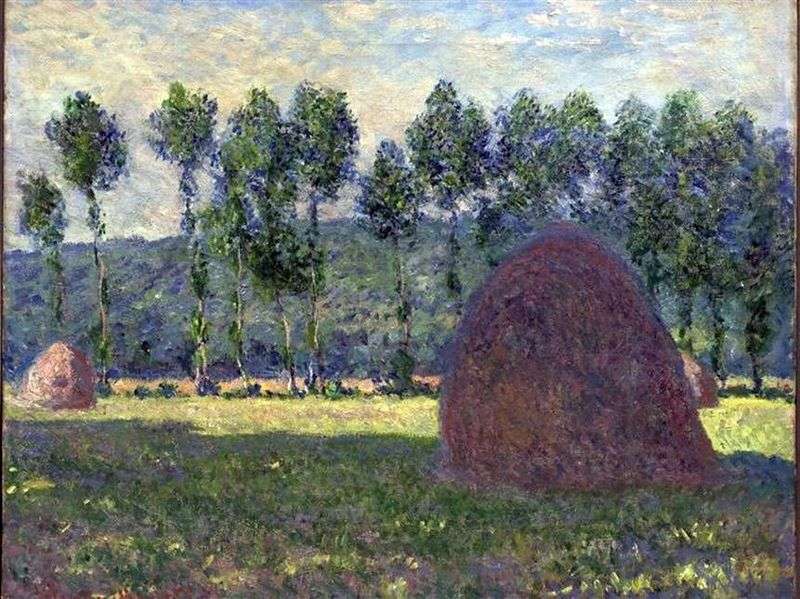 Haystack by Claude Monet
Haystack by Claude Monet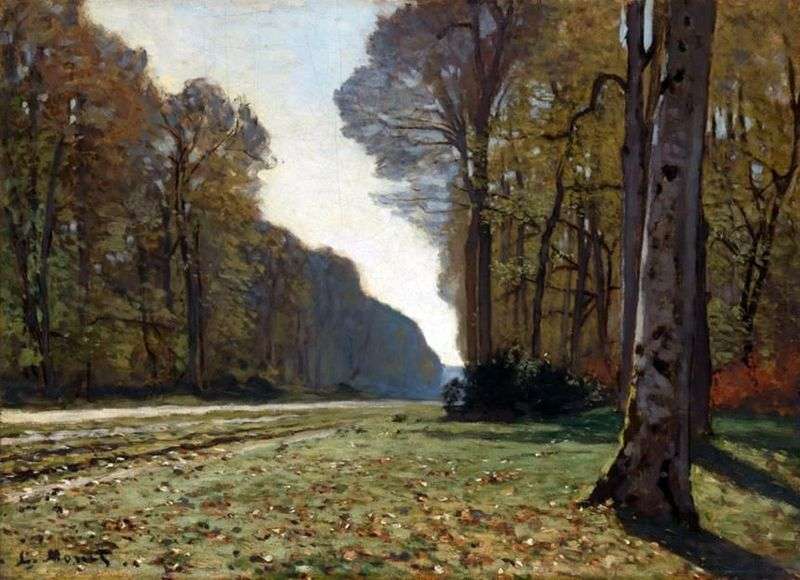 The road to Bass Bro, Fontainebleau by Claude Monet
The road to Bass Bro, Fontainebleau by Claude Monet